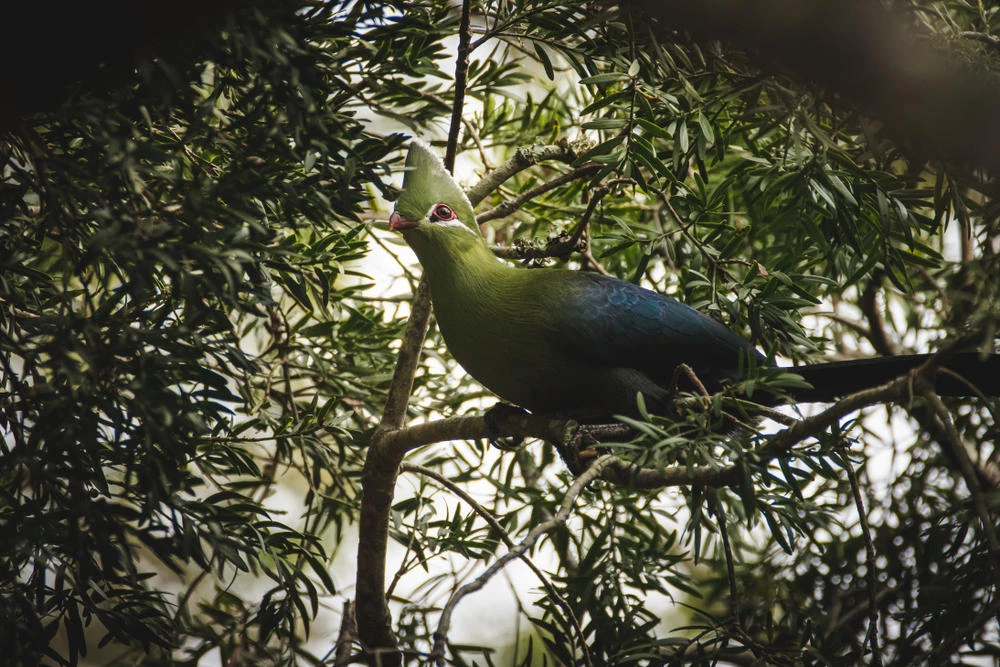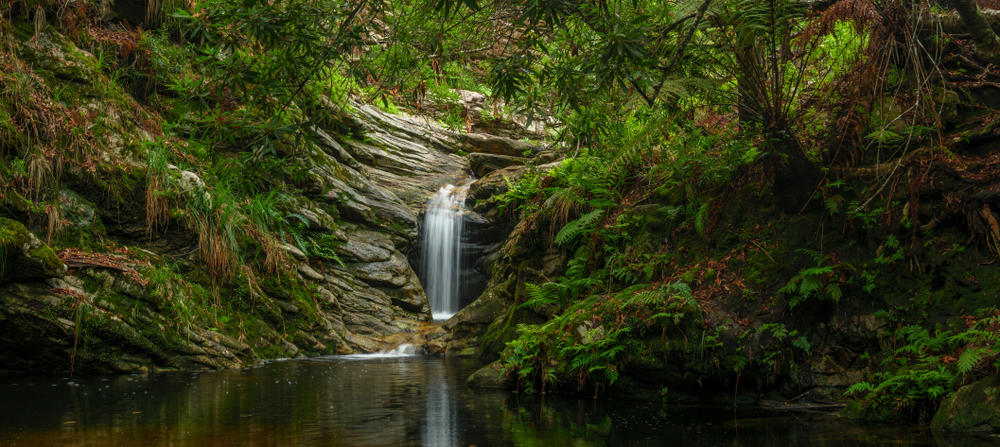The Knysna Forest is a breathtaking natural wonder located in the heart of the Western Cape in the quaint town called Knysna. This magnificent forest is rich in biodiversity, boasting an array of plant and animal species that are endemic to the region. The forest has a long and fascinating history, spanning centuries of change and transformation, and continues to be a crucial ecological landmark that draws visitors and researchers from all over the world.
Table of Contents
All About Knysna Forest


The Knysna Forest has a deep and complex history that is rooted in the cultural and ecological evolution of the Western Cape region. The forest was once part of a vast, ancient forest that covered the entire Garden Route area, including the Tsitsikamma and Outeniqua forests. This forest was home to an array of wildlife, including the now-extinct Knysna elephant, which was hunted to extinction by European settlers in the late 19th century.
In the early 20th century, the remaining Knysna Forest was declared a protected area, and the first forestry station was established in 1928. In the decades that followed, the forest was subject to intensive timber harvesting and other commercial activities, leading to significant damage and degradation of the ecosystem. However, in the 1990s, efforts were made to conserve and rehabilitate the forest, leading to the creation of the Garden Route National Park in 2009.
Features of the Knysna Forest

The Knysna Forest is characterized by its towering trees, dense undergrowth, and diverse wildlife. The forest covers an area of over 60,500 hectares and is managed by the South African National Parks. The forest is home to a variety of plant species, including the Cape Beech, the Outeniqua yellowwood, and the stinkwood. These trees can grow up to 40 meters tall and can live for hundreds of years.
The forest is also home to a range of animal species, including bushbuck, blue duiker, and vervet monkey. The Knysna dwarf chameleon and the Knysna loerie, a vibrantly coloured bird that is found only in the Garden Route region, are among the many species that make the forest their home.
Attractions of the Knysna Forest
The Knysna Forest is a popular destination for visitors who want to experience the natural beauty and diversity of this unique ecosystem. There are several attractions within the forest that are worth visiting, including:
- The Big Tree – The Big Tree is a massive Outeniqua yellowwood tree that is estimated to be over 800 years old. The tree is located near the entrance of the forest and is a popular spot for tourists to take photos.
- Hiking trails – There are several hiking trails in the Knysna Forest that range in difficulty from easy to challenging. These trails offer visitors the opportunity to explore the forest and its wildlife up close.
- Mountain biking – The forest is also a popular destination for mountain bikers who want to explore the trails and enjoy the beautiful scenery.
- Canopy tours – For those who want to experience the forest from a different perspective, there are several canopy tours that allow visitors to zip line through the treetops and enjoy a bird’s eye view of the forest.
- Bird watching – The Knysna Forest is home to a variety of bird species, including the Knysna loerie, the Knysna turaco, and the African paradise flycatcher. Bird watchers can explore the forest and its birdlife on one of the many bird-watching tours that are available.
- Forest Walks – The forest offers numerous walking trails that are suitable for all ages and fitness levels. These walks take you through the heart of the forest and offer a chance to experience the natural beauty and serenity of the Knysna Forest.
- Waterfalls – The forest is home to several beautiful waterfalls, including the Jubilee Creek Waterfall and the Krisjan se Nek Waterfall. These cascading falls offer a refreshing escape from the heat of the summer and are a popular spot for picnics and relaxation.
- Indigenous Plant Garden – The forest also boasts an indigenous plant garden, which showcases the diversity of plant life found in the Knysna Forest. Visitors can take a self-guided tour through the garden and learn about the unique flora of the area.
Conservation Efforts
The Knysna Forest is a crucial ecological landmark, and efforts have been made to protect and conserve this natural wonder. The Garden Route National Park, which encompasses the Knysna Forest, is managed by the South African National Parks and is committed to the conservation and preservation of this unique ecosystem.
The park’s management plan includes several measures to protect the forest’s wildlife and ecosystem, including fire management, alien invasive plant control, and sustainable tourism practices. The park also works closely with local communities to promote awareness and education about the importance of conservation and sustainability.
The Knysna Forest is a natural wonder that offers a unique and unforgettable experience for visitors. The forest’s rich history, diverse wildlife, and beautiful scenery make it a popular destination for tourists and researchers alike. The range of activities available in the forest, from hiking and mountain biking to bird watching and canopy tours, means that there is something for everyone to enjoy.
The Knysna Forest is not just a beautiful tourist destination, but also a crucial ecological landmark that plays an important role in the conservation of South Africa’s natural heritage. Through conservation efforts and sustainable tourism practices, we can ensure that this magnificent forest remains a treasure for generations to come.
More information about Knysna Forest: https://www.sa-venues.com/attractionsgr/knysna-forest.php
Close by Nature Reserve
Goukamma Nature Reserve, near Knysna, offers a serene escape with pristine beaches, indigenous forests, and diverse wildlife. Explore the coastal hiking trails, enjoy birdwatching, or kayak along the peaceful lagoon. Immerse yourself in nature’s beauty within a short distance from Knysna’s bustling town.






